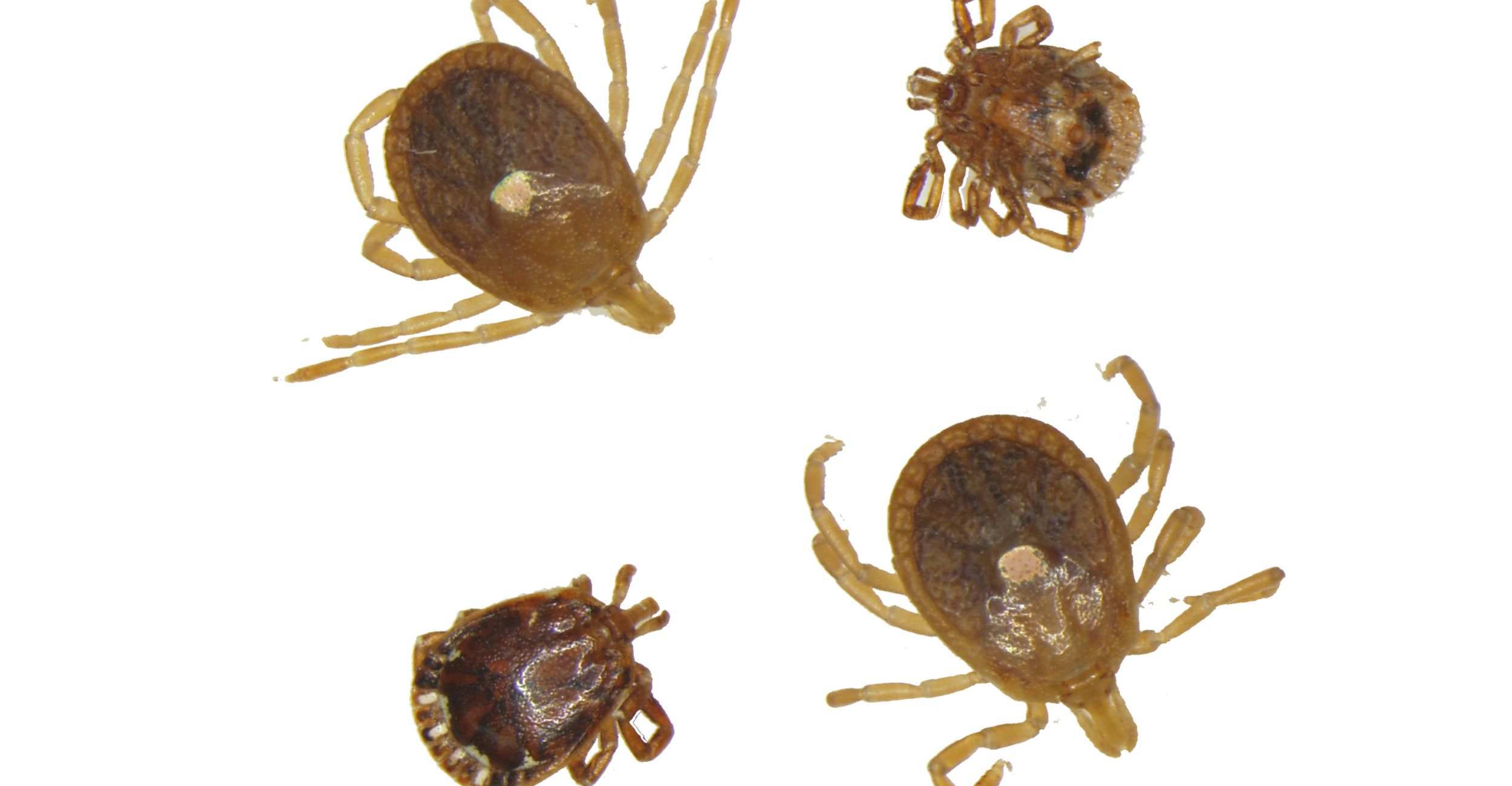
Veterinary Viewpoints: Ticks on Livestock
Saturday, June 1, 2024
Media Contact: Taylor Bacon | Public Relations and Marketing Coordinator | 405-744-6728 | taylor.bacon@okstate.edu
In Oklahoma, ticks are detected on livestock throughout the year, and tick-borne disease is commonly diagnosed. With milder winters and high humidity, tick numbers appear to be increasing across the state, so let Oklahoma State University summarize the major takeaways for livestock owners.
1. Ticks are Common
There are many established tick species in Oklahoma, but a few are of most concern to livestock owners (see table). Due to ecologic differences, ticks have varying life cycles, preferred habitats, and peak activity times. It is important to note two species — winter tick and blacklegged tick — prefer cooler months of the year. However, the heaviest tick burden for livestock in Oklahoma is early spring to mid fall, and the most abundant tick found on cattle in Oklahoma is the lone star tick (Amblyomma americanum).
|
Tick Common Name |
Preferred Habitat |
Peak Activity |
|
Lone star tick |
Wooded areas and forest edges |
April to September |
|
Gulf Coast tick |
Prairie and pastures |
March to September |
|
American dog tick or wood tick |
Forest edges and pastures |
April to August |
|
Winter tick |
Forest edges and pastures |
October to March |
|
Blacklegged tick or deer tick |
Wooded areas |
October to April |
|
Spinose ear tick |
Rocky areas and pastures |
June to March |
2. Ticks are on the Move
The newly established tick in North America, the longhorned tick (Haemaphysalis longicornis), is an important pest of livestock. To date, this tick is not confirmed in Oklahoma, but established populations are in western Arkansas. Longhorned ticks can transmit the causative agent of theileriosis (Theileria orientalis) which is a growing concern among many cattle owners in Oklahoma as it affects animals in a similar manner to anaplasmosis and can be misdiagnosed as such.
Longhorned ticks were officially reported in the United States in 2017 and likely introduced through animal importation. Twenty states have since reported the presence of this tick and researchers predict much of the U.S. will be suitable habitat. The tick’s rapid spread is due, in part, to its capability to reproduce via parthenogenesis whereby a single female can establish an entire population without a male. Tick surveillance of livestock and careful tick identification is needed to track the spread of this significant tick.
Additionally, ongoing research demonstrates the expansion of tick ranges. For instance, in Oklahoma, lone star ticks are spreading westward and seeking hosts one month earlier than historical trends. Regions with little to no tick pressure are soon expected to require tick control measures for their properties.
3. Multimodal Tick Control Helps
To combat ticks, livestock owners must implement a combination of treatment and prevention techniques. Ectoparasite products, such as pyrethroids or organophosphates, are commonly utilized for on-animal and premise control during high tick burden times.
Environmental modification of pastures is also effective at minimizing the ideal tick habitat and limiting the contact of livestock with ticks. Practices such as patch burns, exclusion of wildlife, and monthly removal of wooded or brush areas all appear to assist in lowering tick numbers on cattle farms.
Author: Dr. Kathryn Duncan, assistant professor, Oklahoma State University College of Veterinary Medicine Department of Veterinary Pathobiology.
Co-authored by: Daniel Marshall, Ph.D. candidate, Washington State University Department of Entomology
Veterinary Viewpoints is provided by the faculty of the OSU College of Veterinary Medicine. Certified by the American Animal Hospital Association, OSU's veterinary hospital is open to the public providing routine and specialized care for all species, as well as emergency care. Call 405-744-7000 for an appointment or see more information at vetmed.okstate.edu.
